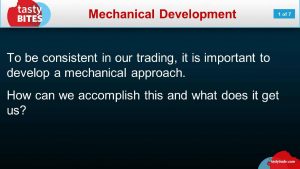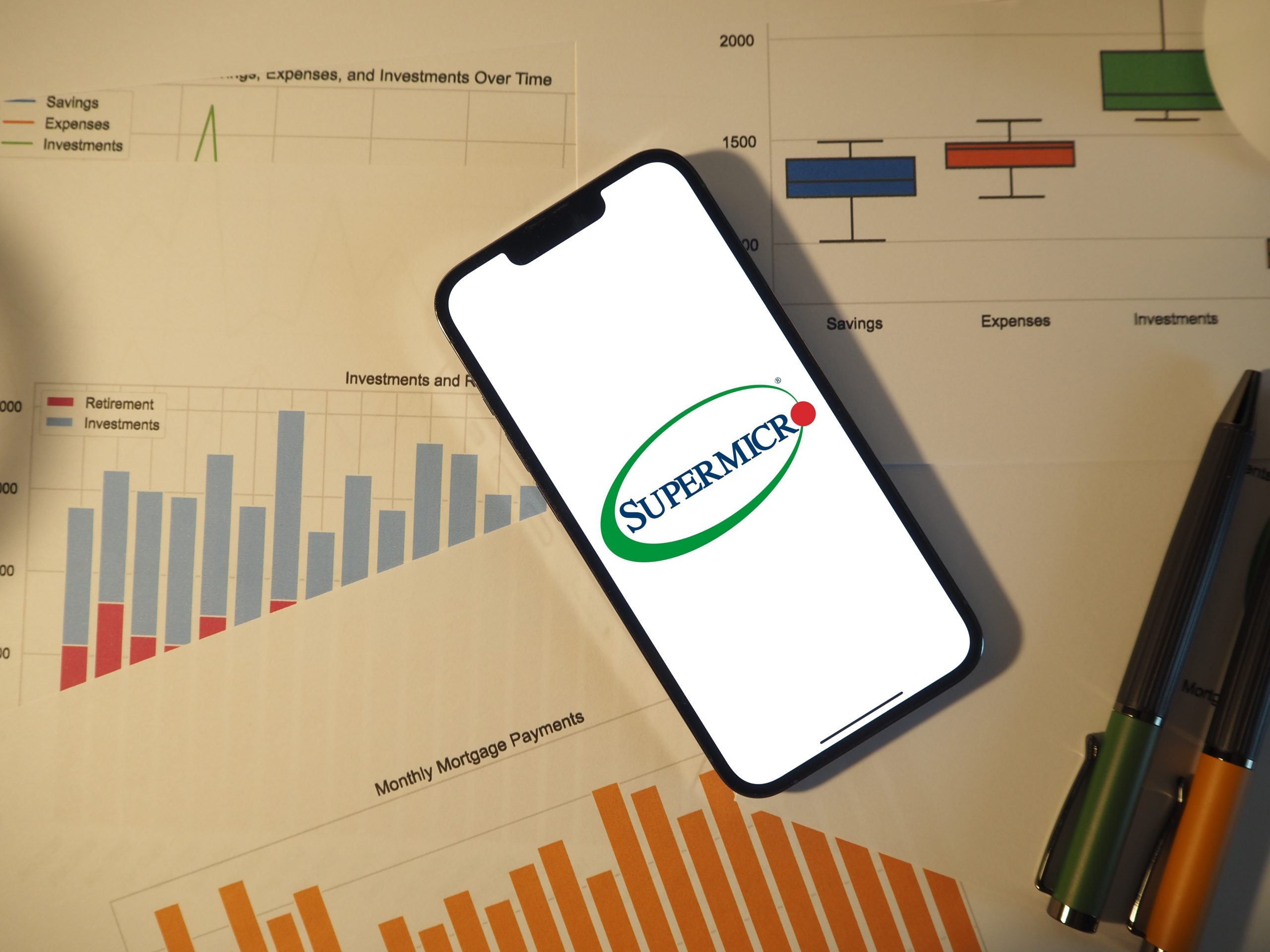Start 2022 Off Right—Ditch ‘Gut Feel’ for a Disciplined Trading Plan
Developing effective market assumptions and implementing disciplined, methodical trading plans are two easy tactics investors and traders can use to boost returns in the financial markets.

For newbies and veterans alike, the new year can be a great time to experiment with new trading ideas and new trading approaches.
It’s also a great time to review best practices when it comes to developing a trading plan and executing it in the most efficient way possible.
At tastytrade, the terminology behind new trading ideas and approaches is generally referred to as “building an assumption,” while trading plan execution is often referred to as “staying mechanical.”
“Mechanical” refers to a methodical, disciplined approach to portfolio management. This is particularly important when trading options/volatility, because this approach relies heavily on statistics and probabilities, as opposed to “gut feel.”
Readers can continue reviewing this post to learn more about building assumptions and staying mechanical, or dive straight into relevant tastytrade programming using the following links:
- Best Practices: Building Market Assumptions
- Tasty Bites: Trading and Investing in Mechanical Fashion
- Tasty Bites: Developing a Trading/Investing Plan
Building a Trading/Investing Assumption
At their core, investing and trading are about making money—building, or at the very least maintaining, one’s financial means.
But aside from financial security, one of the most satisfying aspects of trading the markets regularly is the personal satisfaction that comes with watching one’s ideas transform into positive returns.
In the financial world, the origination of investment and trading ideas is often referred to as “forming a market assumption,” or “building a market assumption.”
Building an assumption involves originating an investment or trading idea that is vetted against one’s unique outlook and risk profile—and then deploying it as an actionable position.
For example, traders that viewed the global spread of COVID-19 as a potential windfall vaccine manufacturers, and deployed that idea in the form of a long bet on companies like Pfizer (PFE) and Novavax (NVAX), are likely feeling a strong sense of satisfaction at the present moment. As, no doubt, are Tesla (TLSA) longs.
And while the tangible confirmation of getting things right is a growing pile of money in one’s investment account, the intangibles are likewise valuable—a boost in confidence, pride in one’s work/hobby, and a general feeling of positivity.
Along those lines, one key reason market participants prefer high-volatility market conditions is because they are often accompanied by a rising number of potential trading opportunities. Fast-moving markets produce more mispricings, which means it can be easier to identify good positions.
In turn, that’s why monitoring the markets closely, by following a variety of market narratives and asset classes, can be such a profitable endeavor. Learning about and experimenting with new tactics, through paper trading, is another valuable outlet for honing one’s skills.
Investors and traders seeking to enhance their own ability to build and deploy effective market assumptions can tune into a previous episode of Best Practices on the tastytrade financial network.
The show focuses exclusively on building effective market assumptions and introduces tools that traders and investors can utilize when doing so. This episode is valuable not only because it helps build broader market awareness, but also because the hosts discuss in depth a range of choices (tactics and products) to use as potential vehicles for deploying a given market assumption.

Additional background on building market assumptions is presented on this previous installment of Trade Logic Unlocked.
By building the most effective market assumptions possible, traders can get closer to securing their financial futures, as well as finding a little extra personal satisfaction along the way.
Trading and Investing in “Mechanical” Fashion
The term “trading mechanically” is often referenced and discussed on the tastytrade financial network.
While there may be a wide-range of interpretations and applications for this concept in the trading universe, tastytrade recently identified some of the most important aspects of trading mechanically, and highlighted them in a past episode of Tasty Bites.
Generally speaking, “mechanical trading” refers to a methodical approach to portfolio management. This is particularly important when trading volatility, because this strategy relies heavily on statistics and probabilities.
In that sense, volatility traders try to remove emotion from portfolio management, and instead rely upon disciplined decision-making that optimizes favorable probabilities.

As most market participants are already aware, the VIX measures the stock market’s perception of risk, which is implied by option prices in the S&P 500 index. In layman’s terms, when fear of a market selloff intensifies, option prices increase, causing the VIX to rise. Alternatively, when complacency takes over (and fear subsides), those same options lose value, causing the VIX to decline.
Volatility traders filter global financial markets seeking to purchase options premium when they think expectations for ongoing market volatility are too low—or for opportunities to sell premium when they think expectations for ongoing market volatility are too high.
The reason a “mechanical” approach is so critical to volatility traders is because opportunities in this niche of the markets don’t revalue instantly. That means traders are required to monitor and manage numerous positions in their portfolios with the intention of producing the maximum possible return, while also minimizing risk.
So-called trade management targets are one aspect of trading mechanically, and can help traders apply a systematic methodology to closing positions when certain P/L targets are achieved. However, there are additional methodologies and parameters that traders can use (or keep in mind) when striving to trade mechanically.
On the aforementioned episode of Tasty Bites, the hosts walk viewers through some of the finer points of trading mechanically, including:
- Number of occurrences (high volume trading)
- Trade entry (delta neutral trading)
- Strategy diversification
- Trade management targets (systematically closing positions)
- Utilizing robust liquidity
To learn more about trading mechanically, readers are encouraged to review the complete episode of Tasty Bites when scheduling allows. A past episode from tastytrade’s Skinny on Options series also focuses on mechanical versus emotional trading, and is highly recommended.
More information about building effective trading/investing plans is also available via this new installment of Tasty Bites.
To follow everything moving the financial markets in 2022, readers can also tune into TASTYTRADE LIVE—weekdays from 7 a.m. to 4 p.m. CST—at their convenience.
Sage Anderson is a pseudonym. He’s an experienced trader of equity derivatives and has managed volatility-based portfolios as a former prop trading firm employee. He’s not an employee of Luckbox, tastytrade or any affiliated companies. Readers can direct questions about this blog or other trading-related subjects, to support@luckboxmagazine.com.



















